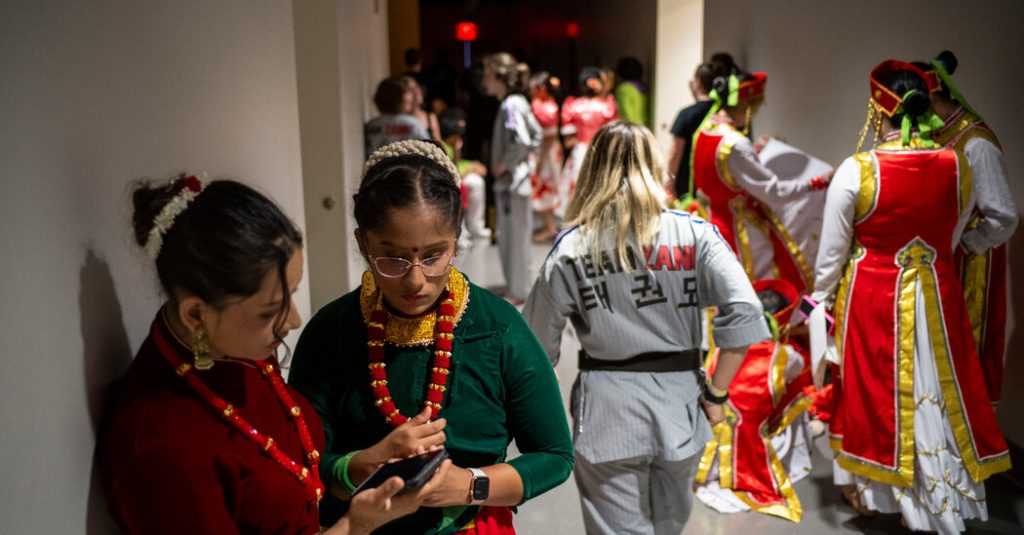Dinesh Nepal, a Nepali-speaking Bhutanese refugee who opened a bubble tea shop in Pittsburgh, had never heard of the term “Asian American” when he arrived in the United States in 2010. Most Bhutanese Americans identify primarily as either Bhutanese or Nepali American, based on language and cultural practices. The Asian American identity has been forged over decades by bringing together diverse communities that once considered themselves distinct.
Some Bhutanese Americans feel that the term “Asian American” better describes East Asian groups like Chinese, Japanese, and Korean people rather than themselves. They face different challenges compared to the model minority stereotype often applied to Asian Americans, including low education levels and entry-level jobs. Many Bhutanese Americans also struggle with mental health challenges related to their refugee experiences.
The Bhutanese American population is part of the larger, highly diverse Asian American community with roots in over 20 countries and numerous languages. Though older generations have vivid memories of discrimination and persecution, newer immigrants may not be as aware of past injustices against Asian Americans. Bhutanese refugees resettled across the U.S. but many chose to move to Pittsburgh for its affordability and job opportunities in industries like warehousing.
Yad Gurung, a Bhutanese American who faced false accusations and political imprisonment in Bhutan, spent years separated from his children before being reunited with them in Pittsburgh in 2015. He now spends his days watching his grandchildren and studying Buddhist teachings, finding solace in the freedom to practice his culture in the United States. Gurung’s story reflects the resilience and strength of the Bhutanese American community in overcoming adversity.
Asian American leaders have emphasized the power of unity in numbers, advocating for shared experiences and political representation for the diverse community. More universities and states are incorporating Asian American history into their curriculum, though holding the coalition together is a constant effort. In Pittsburgh, many Bhutanese Americans are beginning to embrace the broader Asian American label as they discover commonalities with other Asian American groups.
At events like the Asian Festival Night at Carnegie Mellon University, young Bhutanese American performers like Riya Timsina and Shriya Rimal identify as Asian American but have complex feelings about the label. While they feel comforted and welcomed within the Asian American community, the term “Asian” sometimes feels like it doesn’t fully represent them. Despite this, festivals and cultural events provide a sense of belonging and celebration of their Nepali traditions within the broader Asian American community.








